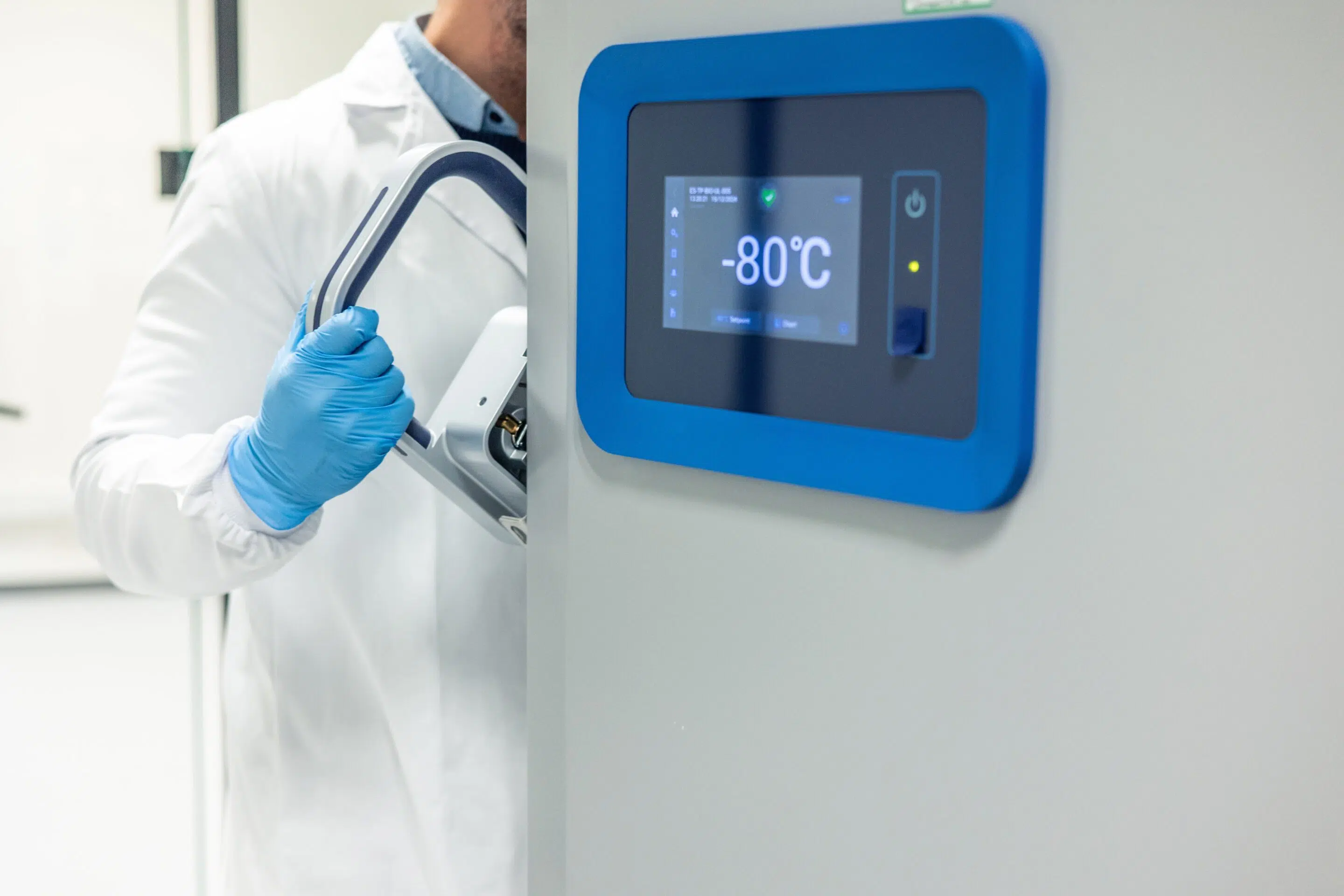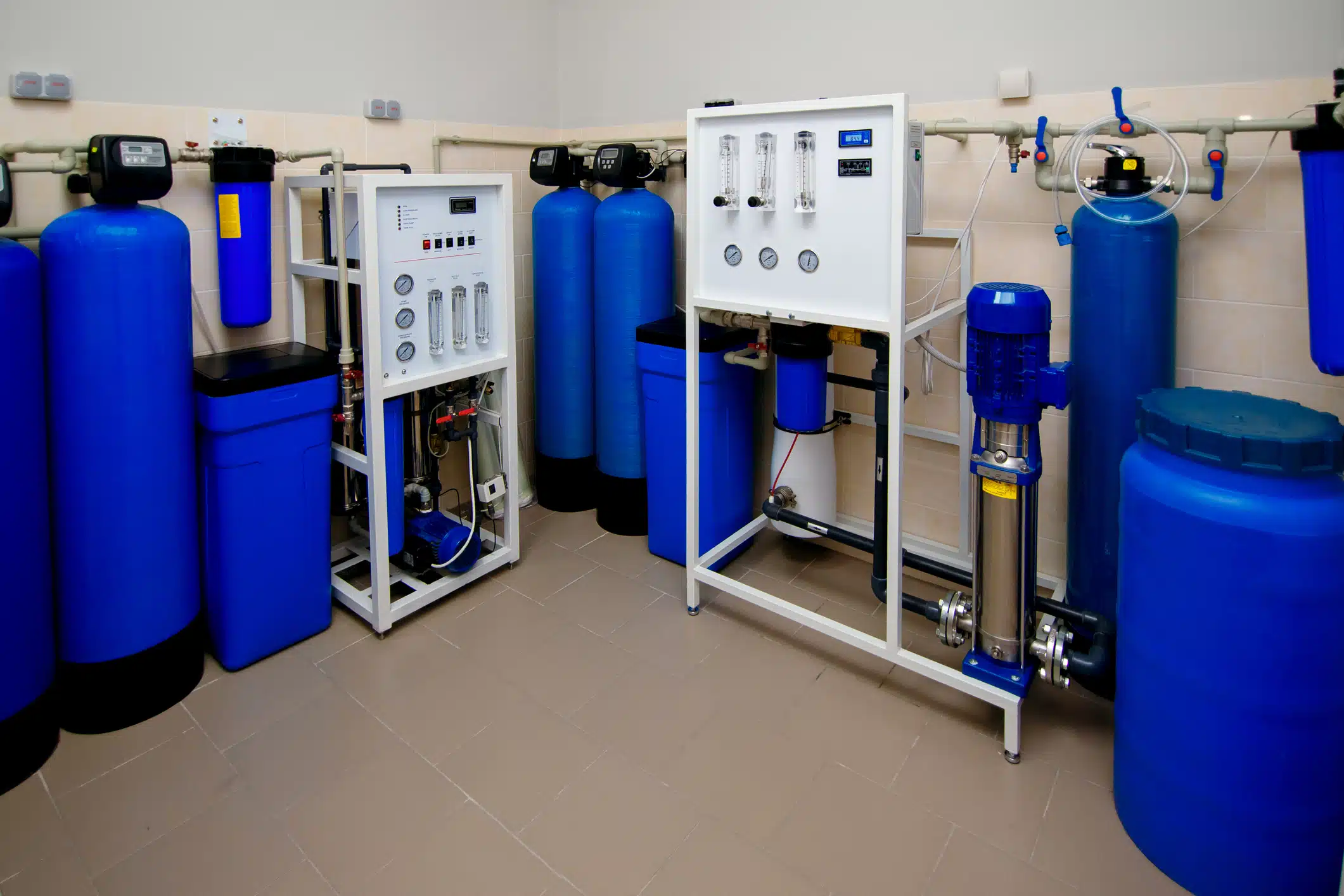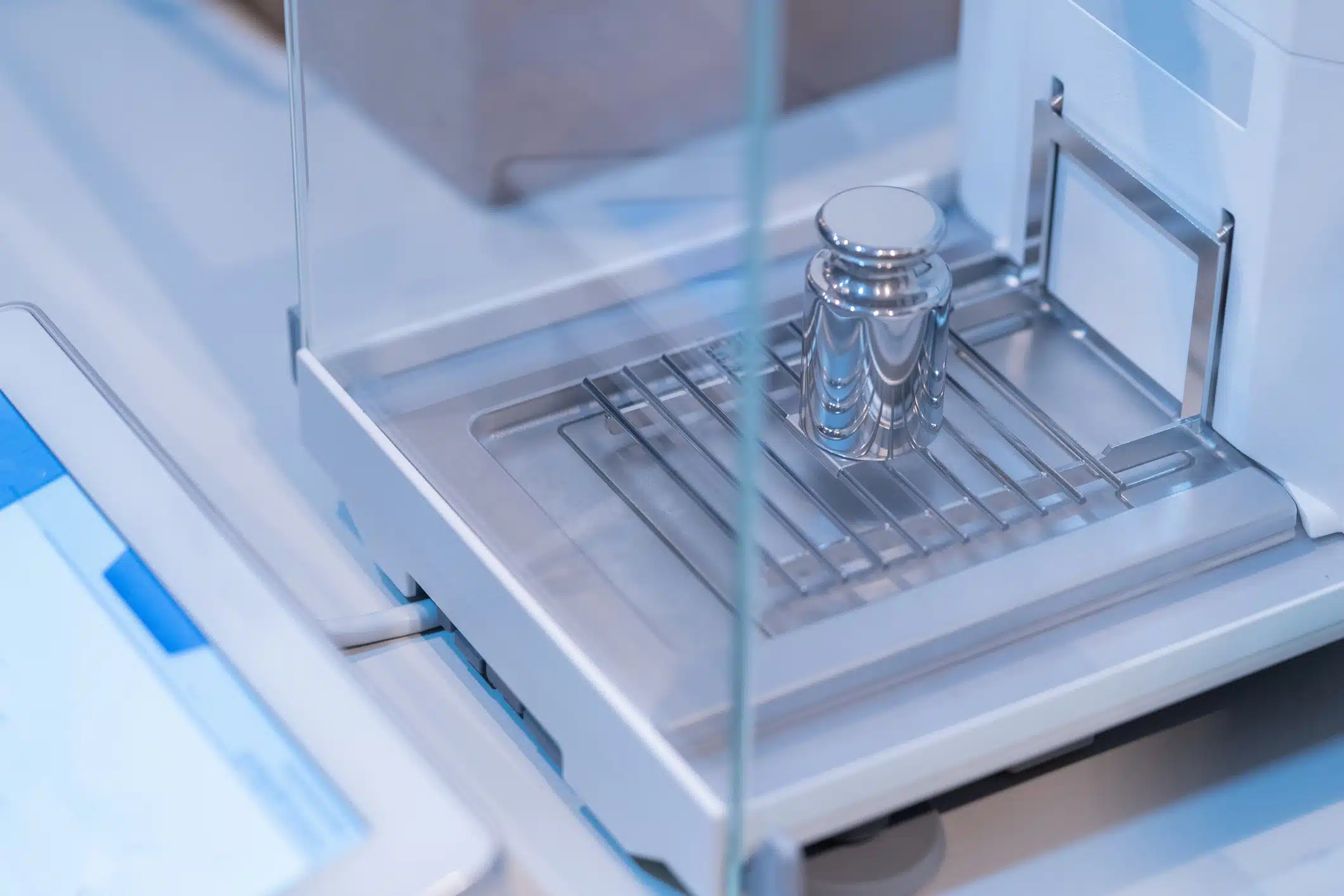In life science laboratories, the integrity of research outcomes rely heavily on the functionality of cold storage units. Regular maintenance of refrigerators and freezers is crucial to ensure optimal performance and the longevity of valuable samples.
Regular Calibration Ensures Accurate Temperature Control
Precise temperature regulation is vital for preserving the efficacy of sensitive materials. Over time and through progressive wear, temperature sensors and controls can drift, leading to deviations that may put the integrity of your samples at risk. Regular calibration, either annually or bi-annually, is essential to maintain accurate temperature settings, protecting the legitimacy of your research outcomes.
Preventative Maintenance Extends Cold Storage Lifespan
Implementing a preventative maintenance schedule for the cold storage units in your lab helps identify and address potential issues before they escalate. By working with the right equipment service partner, preventative maintenance can include:
- Cleaning Condenser Coils and Filters: Dust and debris accumulation on condenser coils and filters can disrupt heat exchange, causing compressors to work harder, reducing efficiency and driving up energy costs. Regular cleaning, at least twice a year, is recommended to maintain optimal performance.
- Inspecting Door Seals and Gaskets: Damaged or worn door seals can lead to cold air leakage, resulting in unwanted temperature changes and increased energy usage. Regular inspection and prompt replacement of faulty gaskets are necessary to maintain a proper seal.
- Defrosting to Prevent Ice Build-Up: Excessive frost can limit storage capacity and strain the cooling system of your cold storage units. Scheduled defrosting prevents ice accumulation and ensures efficient operation.
Environmental Conditions to Enhance Efficiency
The placement and surrounding environment of your cold storage units can significantly impact their performance. Some environmental best practices include:
- Monitor Ventilation: Ensure sufficient space around units for proper air circulation. This prevents overheating and allows for efficient cooling.
- Temperature and Humidity Control: Maintain ambient temperatures between 5-25° C and a relative humidity below 50% to optimize freezer efficiency and prevent condensation.
Systematic Storage and Temperature Monitoring
Organized storage and continuous monitoring contribute to effective cold storage management:
- Location-Based Inventory Tracking: Utilize barcode labeling systems, like the ones provided by the Marathon Pacer program, to better track inventory levels and sample location to minimize door openings. Limiting the amount of time cold storage units are opened can reduce wear, save energy costs, and preserve temperature levels.
- Consistent Temperature Monitoring: Invest in digital data loggers or monitoring systems to detect and alert team members to temperature deviations, allowing for prompt scheduling of maintenance.
Partnering with Experience Service Providers
Working with a trusted service provider, such as MarathonLS, ensures that cold storage systems operate at peak performance, without disruption, to preserve critical samples and products. MarathonLS is recognized as an industry leader in lab equipment service, backed by fast response times and high first-time fixed rate – both critical factors in limiting downtime and preserving research integrity. By proactively servicing laboratory refrigerators and freezers with MarathonLS, labs avoid costly breakdowns, maintain uninterrupted workflows, and extend the operational lifespan of essential equipment. This reliability empowers research teams to stay focused on innovation, not infrastructure.




